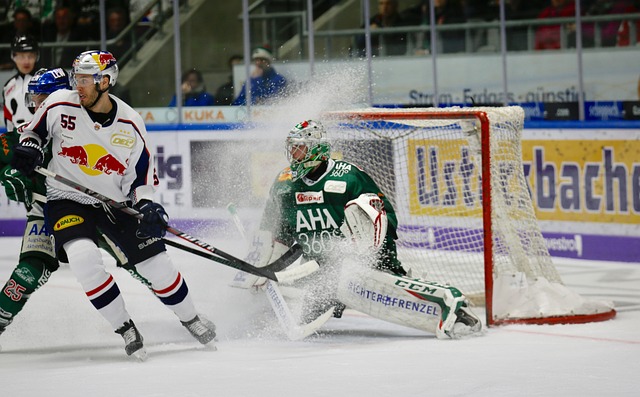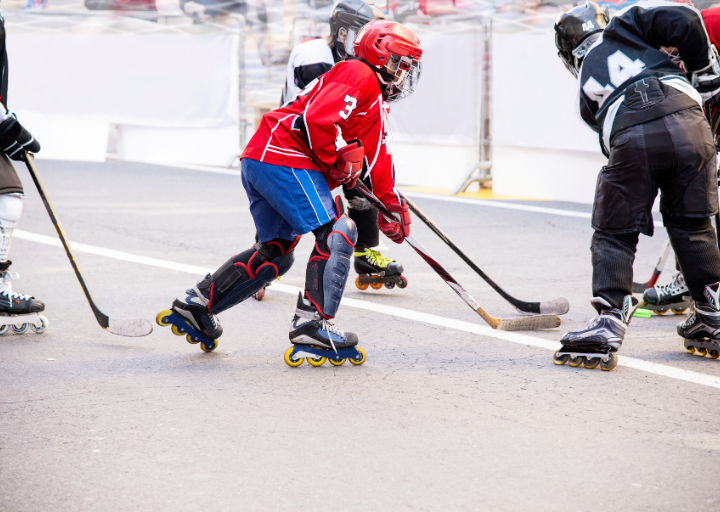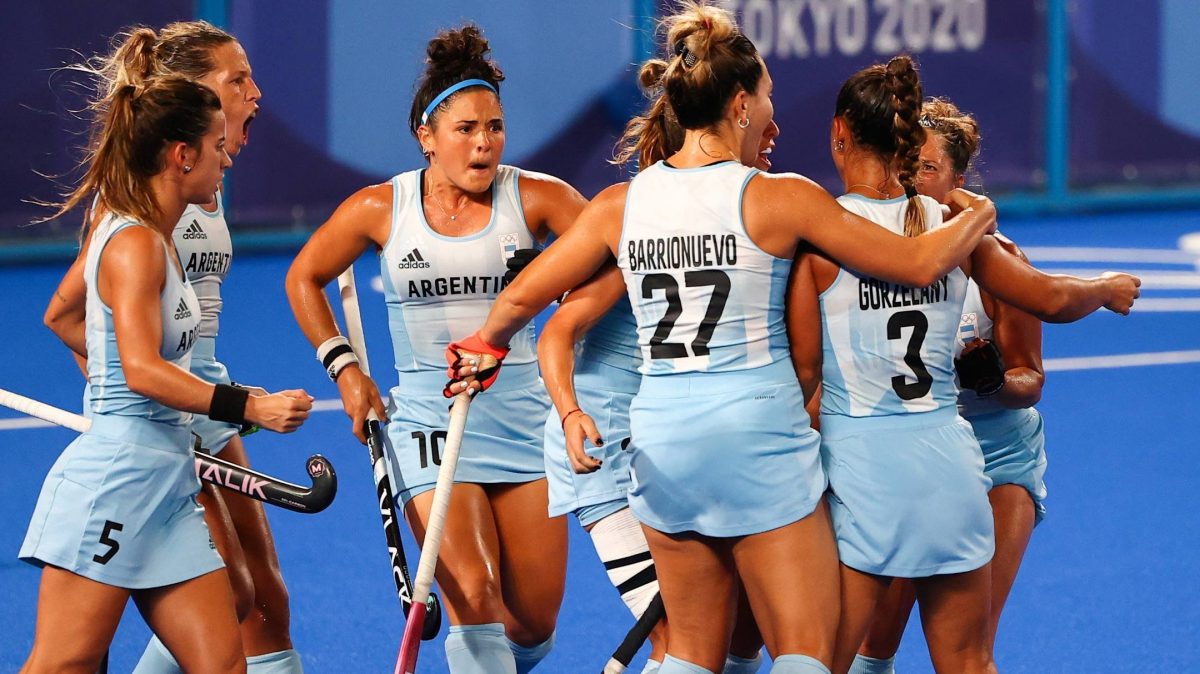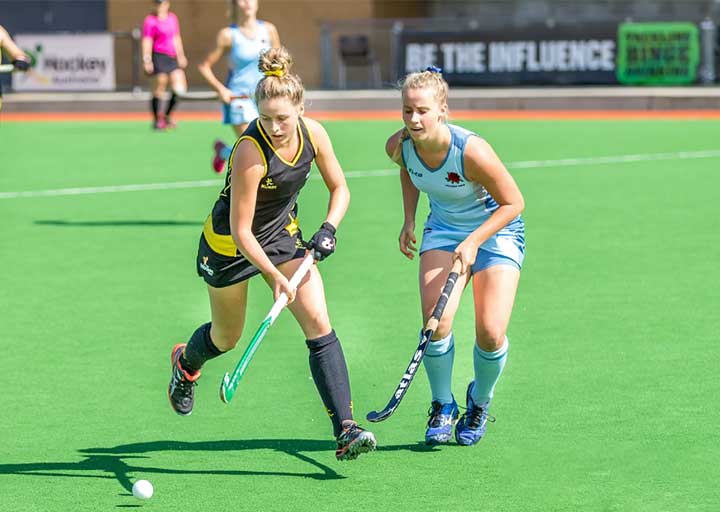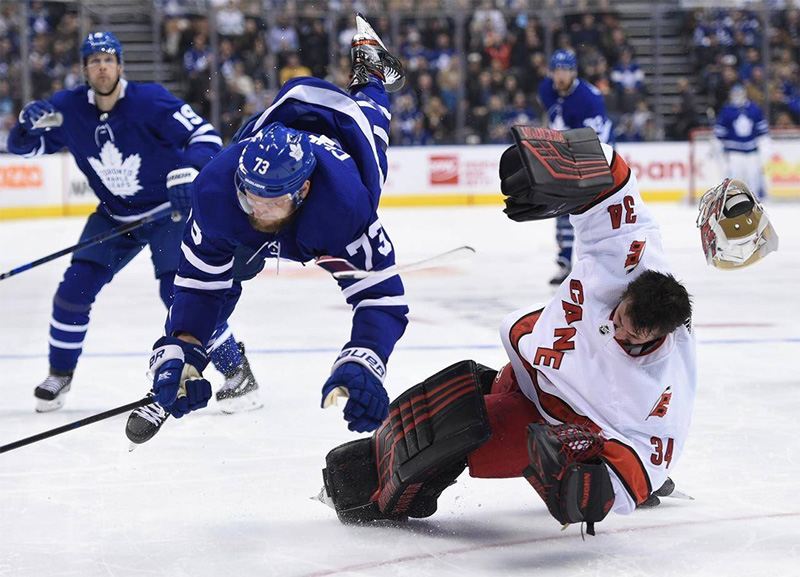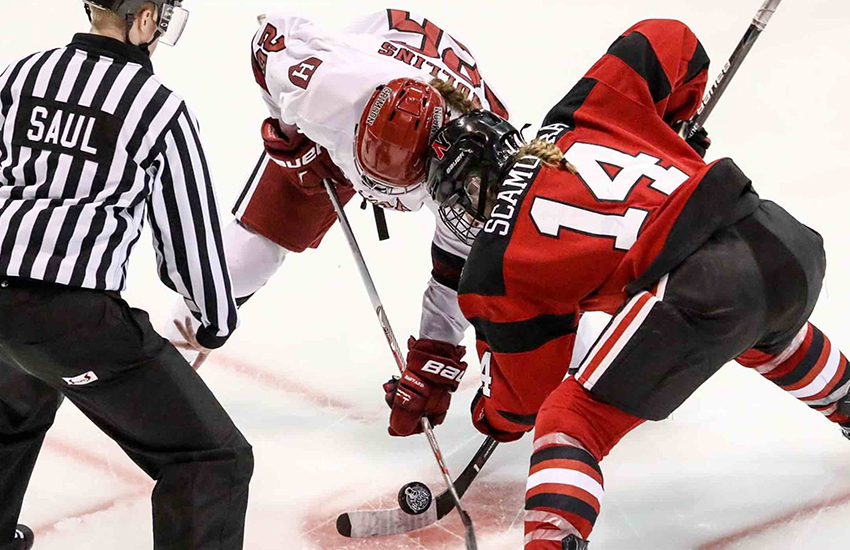Fantasy hockey betting has taken the sports world by storm, offering fans a unique and engaging way to interact with their favorite sport. Whether you’re a seasoned fantasy hockey veteran or a newcomer looking to dip your toes into the thrilling world of virtual competition, having a solid strategy is key. In this blog post, we’ll explore a comprehensive checklist to ensure you’re well-prepared and make informed decisions when betting on fantasy hockey games.
What is the meaning of fantasy hockey?
Fantasy hockey is a virtual game where participants, known as fantasy team managers, assemble and manage their own hockey teams comprised of real NHL players. The success of these fantasy teams is determined by the statistical performances of their selected players in actual NHL games. Team managers are responsible for drafting players, setting lineups, making trades, and overall strategic decision-making throughout the season.
In fantasy hockey, a scoring system is employed, with players earning points based on their on-ice performance. Common statistical categories for scoring include goals, assists, plus/minus, penalty minutes, power-play points, shots on goal, and saves (for goalies). The diverse range of scoring categories adds complexity and strategy to team management.
The game is played in various formats, including season-long leagues, daily fantasy contests, playoff leagues, and keeper/dynasty leagues. Season-long leagues often involve head-to-head or rotisserie competition, where teams compete weekly or over the entire NHL season. Daily fantasy contests, on the other hand, focus on single-day matchups, requiring participants to craft lineups within a specified salary cap.
Fantasy hockey offers fans a unique and engaging way to connect with the sport, fostering a deeper level of involvement and emotional investment in the performances of individual players. Participants enjoy the challenge of testing their hockey knowledge, competing with friends or other enthusiasts, and experiencing a more interactive and immersive connection with the NHL season.
Checklist for fantasy hockey betting
1. Researching Player Performance: Before you dive into fantasy hockey betting, it’s crucial to conduct thorough research on player performance. Consider factors such as recent statistics, overall season performance, and any injuries or suspensions. Creating a list of key players and their recent form will give you valuable insights when building your fantasy team.
2. Studying Team Dynamics: Understanding how players work together as a team is equally important. Analyze team dynamics, line combinations, and any recent changes in coaching strategies. A cohesive team is likely to perform better, and recognizing these dynamics can give you a competitive edge when making fantasy hockey predictions.
3. Evaluating Goalie Matchups: Goalies play a pivotal role in fantasy hockey, often earning a significant number of points. Assess the goalie matchups for each game – consider their recent performances, save percentages, and records against specific teams. A strong goalie can be a game-changer in fantasy hockey, so choose wisely based on the matchups.
4. Monitoring Injuries and Suspensions: Hockey injuries and suspensions can drastically impact a player’s performance and the overall team dynamic. Stay updated on the latest injury reports and player availability for each game. This information will help you make informed decisions when selecting players for your fantasy team.
5. Understanding Fantasy Hockey Scoring Rules: Different fantasy hockey platforms may have varying scoring rules. Familiarize yourself with the scoring system of the platform you’re using, as this will influence your player selection strategy. Pay attention to point allocations for goals, assists, saves, and other relevant statistics to maximize your team’s scoring potential.
6. Considering Home Ice Advantage: Home ice advantage can significantly impact a team’s performance. Some players thrive in front of their home crowd, while others may struggle. Take into account each team’s home and away records, as well as individual player performance in different settings, to make well-informed decisions when building your fantasy lineup.
7. Staying Informed on Trade News: NHL trades and player movements can significantly impact fantasy hockey. Keep an eye on trade deadlines and any player transfers to ensure your fantasy team reflects the most current roster information. Being aware of recent trades will help you make timely adjustments to your lineup.
Types of fantasy hockey betting
Fantasy hockey betting involves participating in fantasy hockey leagues and competitions where participants create and manage virtual teams composed of real NHL players. There are various types of fantasy hockey betting formats, each with its own rules and scoring systems. Here are some common types:
- Season-long Fantasy Hockey:
- Rotisserie (Roto): Teams accumulate points based on their overall performance in various statistical categories throughout the NHL season. Categories may include goals, assists, plus/minus, penalty minutes, wins, save percentage, and more.
- Head-to-Head (H2H): Teams compete against each other on a weekly basis, earning points based on various statistical categories. The team with more points at the end of the week wins the matchup.
- Points League: Players earn points based on their individual performance in different statistical categories, and the team with the most points at the end of the season wins.
- Daily Fantasy Hockey (DFS):
- Salary Cap: Participants have a salary cap to draft a team, and each player is assigned a salary based on their expected performance. Participants must create a lineup while staying within the salary cap.
- Pick’em: Participants select players from different tiers or groups, with each player assigned a specific point value. The goal is to create the best-performing lineup within the constraints of the game.
- Single-game Contests: Focus on individual NHL games, allowing participants to draft a lineup based on players involved in a specific game.
3. Playoff Fantasy Hockey:
Similar to season-long fantasy, but it focuses on the NHL playoffs. Participants draft a team of players from teams competing in the playoffs, and points are awarded based on their performance throughout the postseason.
4. Keeper/Dynasty Leagues:
Participants build a team for the long term, keeping a certain number of players from season to season. This format adds a strategic element as managers must plan for the future while competing in the current season.
5. Tournament-style Fantasy:
Participants enter a tournament or bracket-style competition, competing against others with the goal of advancing to the next round. Scoring can be based on various formats like roto, H2H, or points leagues.
6. Unique Formats:
Some fantasy hockey leagues may have unique rules and scoring systems created by the league commissioner or hosting platform.
While the term “betting” typically refers to wagering money on the outcome of real-world events, fantasy hockey is generally a form of competitive gaming where participants build and manage virtual teams composed of real NHL players. Participants score points based on the real-life performance of their chosen players in actual NHL games. Here are some reasons why people might participate in fantasy hockey with a competitive or betting element:
- Entertainment:
Fantasy hockey adds an extra layer of excitement and engagement to the NHL season. It provides fans with a reason to closely follow the performances of a broader range of players and teams.
- Social Interaction:
Participating in fantasy hockey leagues often involves interaction with friends, family, or colleagues. It can be a social activity that fosters camaraderie and friendly competition among participants.
- Competition:
For many, the competitive aspect is a major draw. Competing against others in a fantasy hockey league allows participants to showcase their knowledge of the game, strategic skills, and ability to make informed decisions.
- Skill and Strategy:
Fantasy hockey requires participants to analyze player statistics, make strategic decisions during drafts, manage their rosters, and make trades. For some, the intellectual challenge and strategic aspects of fantasy sports are appealing.
- Incentive to Follow the NHL:
Fantasy hockey can be a compelling reason for individuals to closely follow the NHL season. It adds personal stakes to games that might not involve a person’s favorite team, increasing overall interest in the league.
- Financial Incentives:
In some cases, fantasy hockey leagues involve financial stakes, where participants contribute money to a prize pool. The winner or top-performing teams may receive cash prizes at the end of the season, adding an additional layer of excitement.
- Community or Platform Rewards:
Some fantasy hockey platforms or communities offer rewards or recognition for successful participants. This can include badges, trophies, or other virtual or real-world rewards that add an extra layer of motivation.
It’s essential to note that the term “betting” might not be accurate in the traditional sense, as fantasy sports often involve skill-based competitions and may not be subject to the same regulations as traditional sports betting. Nevertheless, the reasons mentioned above contribute to the popularity and enjoyment of fantasy hockey for many participants.
Conclusion
In the dynamic world of fantasy hockey betting, success lies in meticulous preparation and strategic decision-making. By incorporating this comprehensive checklist into your approach, you’ll be better equipped to navigate the complexities of player performance, team dynamics, and other crucial factors. Remember, fantasy hockey is as much about skill and strategy as it is about enjoying the thrilling unpredictability of the sport. Happy betting






